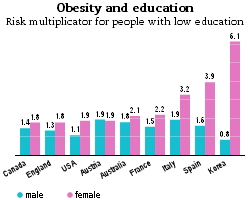The Economist summarized the findings of the 2010 Corruption Perception Index. Corruption is still one of the main obstacles to prosperity and good governance. Many governments around the world are reluctant to tackle corruption because it is a rewarding political behavior abusing the quality of institutions. Nevertheless, persistent corruption causes high transaction costs of contract enforcement. Thereby it is creating wasteful allocation of resources. On the other hand, developed countries are not immune to corruption. The key to high quality institutions in developed world is to find the way how to eliminate the presence of legal corruption.
According to the Index, the perception of corruption in the world is the lowest in New Zealand, Denmark, Singapore and Sweden. Scandinavian countries still remain a benchmark for the nations around the world in adopting the best practices in fighting corruption. One of the main reasons is that these countries have adopted first-class institutions in formal and informal dimension. The highest perception of corruption was found in Somalia, Myanmar, Afghanistan and Iraq. It is time for undeveloped countries to recognize that corruption is the central drawback that keeps them poor and underprivileged; because it leads to economic stagnation, moral crises, wars and social unrest.
Some Links
2 years ago







